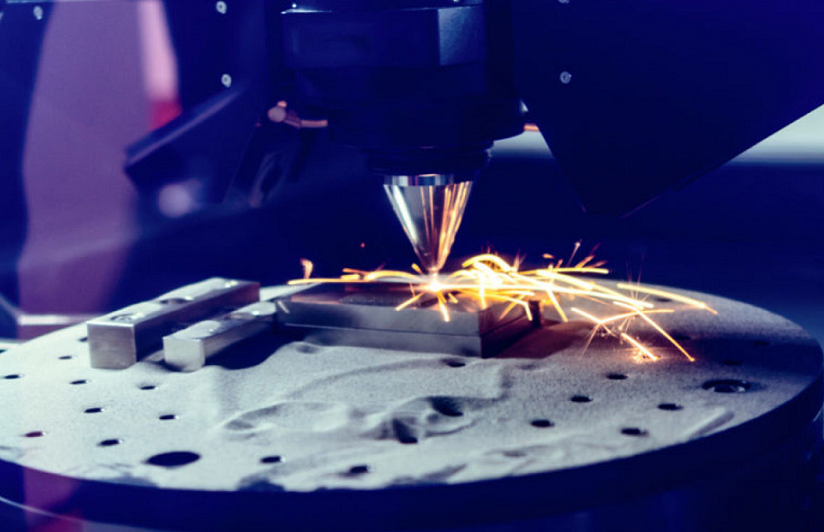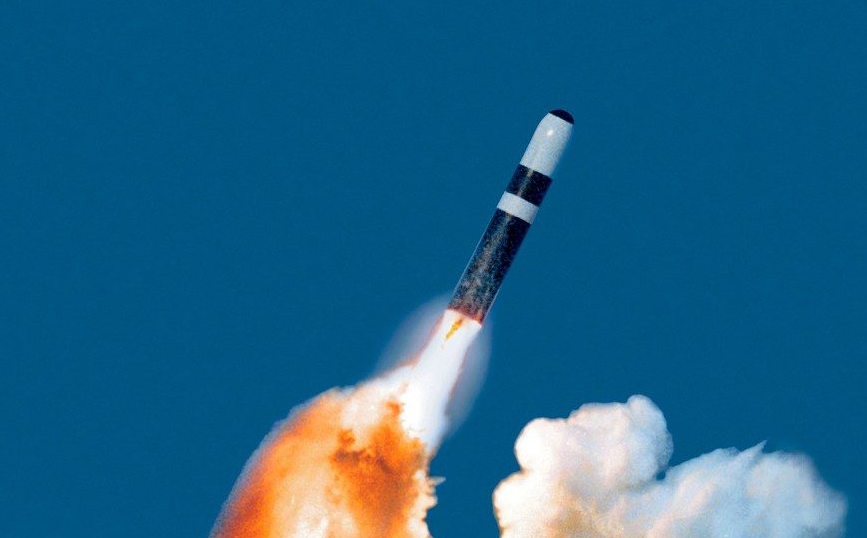3D Printing Is Used to Develop Refractory Metal Components

3D Printing Is Used to Develop Refractory Metal Components for Nuclear Weapons
3D printing has always been favored by the military manufacturing and aerospace industries. Metal Technologies (MTI), a manufacturing service provider from Oregon, USA, won a contract from the US Navy. Under this contract, MTI will develop and demonstrate advanced aerospace additive manufacturing technology for the US Navy, and use this technology for the low-cost manufacturing of refractory metal components of the Navy’s missile propulsion system.

3D Printing Is Used to Develop Refractory Metal Components for Nuclear Weapons
According to reports, the propulsion system is mainly used for the Trident D5 missile system. This Trident D5 missile system is a submarine-launched ballistic missile (SLBM) manufactured by Lockheed Martin Space Systems and deployed in the US Navy. This missile system was first deployed in March 1990 and was mainly deployed on the Ohio-class strategic nuclear submarine. Each submarine was equipped with 24 Trident D5 missiles, with a range of 11,000 kilometers and an accuracy of up to 90 meters.
According to the plan, the Trident D5 missile will be in service until 2042. The missile has a problem in that the manufacturing technology of the refractory metal parts of its propulsion system is very complicated and requires a lot of manpower. Under this contract, MTI will work with the US Navy to use advanced additive manufacturing (ie 3D printing) technology to reduce the complexity and cost of manufacturing the refractory metal components and shorten the production cycle. MTI is considered to be one of the leaders in the field of aerospace additive manufacturing.
"The first phase of this project is to develop processes and demonstrate the use of C103 niobium alloys to manufacture simplified, subscale components, and to provide other refractory metal/alloy (including molybdenum, tantalum) manufacturing methods. We are very pleased to be part of this important project and look forward to leveraging our rich experience in these materials for more than 40 years, combined with our additive manufacturing experience, to develop some truly innovative solutions." MTI Chief Executive Officer Gary Cosmer said.
"Key performance requirements for additive manufacturing of refractory metal products include being able to withstand 550 psi pressure for more than 10 minutes in a high-temperature gas environment exceeding 3200 degrees Fahrenheit, and achieving or exceeding mechanical properties from traditional processing methods." Jason, Engineering Director, MTI Stitzel said.
Founded in 1971, MTI's business is to help customers use refractory metals & alloys for a wide range of applications in a more efficient, versatile, and reliable manner. These refractory metals and alloys include tantalum, niobium, zirconium, tungsten, molybdenum, and titanium.
Conclusion
Thank you for reading our article and we hope you've enjoyed it. If you want to know more about refractory metals and alloys, we would like to recommend you to visit Advanced Refractory Metals (ARM) for more information.
Headquartered in Lake Forest, California, USA, Advanced Refractory Metals (ARM) is a leading manufacturer & supplier of refractory metals throughout the whole world. It provides customers with high-quality refractory metals & alloys such as tungsten, molybdenum, tantalum, rhenium, titanium, and zirconium at a very competitive price.
{{item.content}}
LEVE A REPLY
{{item.children[0].content}}
{{item.content}}






